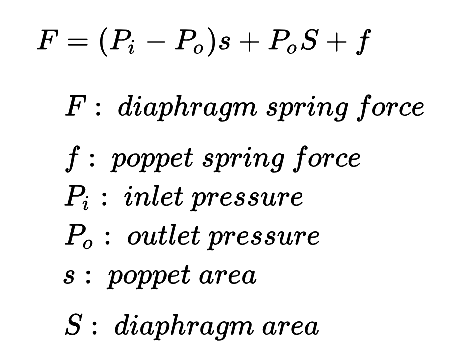A pressure regulator is a control valve that reduces the input pressure of a fluid to a desired value at its output.
Regulators are used for gases and liquids, and can be an integral device with an output pressure setting, a restrictor and a sensor all in the one body, or consist of a separate pressure sensor, controller and flow valve.
What is Pressure regulator ?
A pressure regulator’s primary function is to match the flow of gas through the regulator to the demand for gas placed upon it, whilst maintaining a constant output pressure.
If the load flow decreases, then the regulator flow must decrease as well. If the load flow increases, then the regulator flow must increase in order to keep the controlled pressure from decreasing due to a shortage of gas in the pressure system.
A pressure regulator includes a restricting element, a loading element, and a measuring element:
-
The restricting element is a valve that can provide a variable restriction to the flow, such as a globe valve, butterfly valve, poppet valve, etc.
-
The loading element is a part that can apply the needed force to the restricting element. This loading can be provided by a weight, a spring, a piston actuator, or the diaphragm actuator in combination with a spring.
-
The measuring element functions to determine when the inlet flow is equal to the outlet flow. The diaphragm itself is often used as a measuring element; it can serve as a combined element.
In the pictured single-stage regulator, a force balance is used on the diaphragm to control a poppet valve in order to regulate pressure. With no inlet pressure, the spring above the diaphragm pushes it down on the poppet valve, holding it open.
Once inlet pressure is introduced, the open poppet allows flow to the diaphragm and pressure in the upper chamber increases, until the diaphragm is pushed upward against the spring, causing the poppet to reduce flow, finally stopping further increase of pressure.
By adjusting the top screw, the downward pressure on the diaphragm can be increased, requiring more pressure in the upper chamber to maintain equilibrium. In this way, the outlet pressure of the regulator is controlled.

